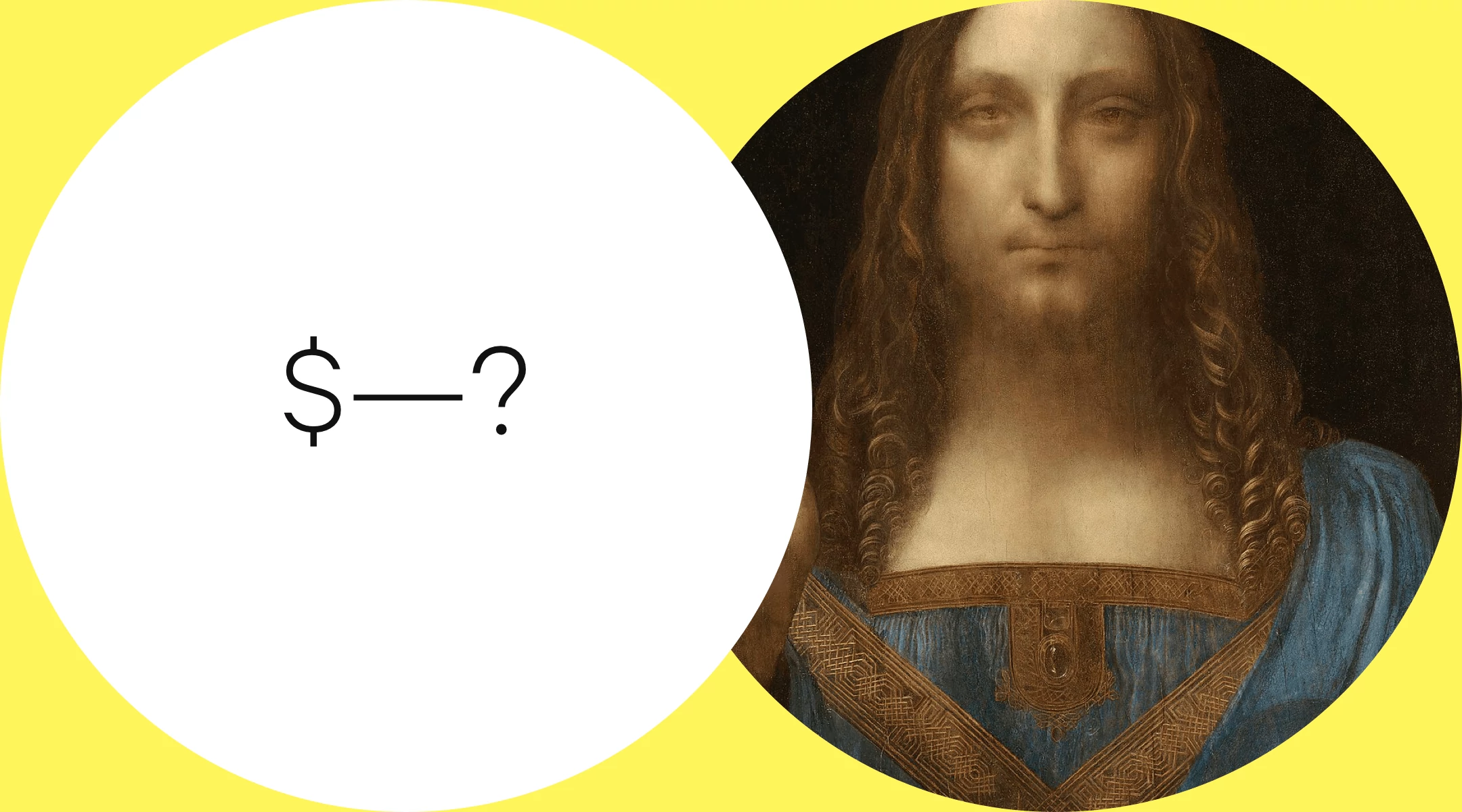The Value of Art
Why should we care about art?


One of the first questions raised when talking about art is simple—why should we care? Art in the contemporary era is easy to dismiss as a selfish pastime for people who have too much time on their hands. Creating art doesn't cure disease, build roads, or feed the poor. So to understand the value of art, let’s look at how art has been valued through history and consider how it is valuable today.
At its most basic level, the act of creating is rewarding in itself. Children draw for the joy of it before they can speak, and creating pictures, sculptures and writing is both a valuable means of communicating ideas and simply fun. Creating is instinctive in humans, for the pleasure of exercising creativity. While applied creativity is valueable in a work context, free-form creativity leads to new ideas.
Through the ages, art has often been created from valuable materials. Gold, ivory and gemstones adorn medieval crowns, and even the paints used by renaissance artists were made from rare materials like lapis lazuli, ground into pigment. These objects have creative value for their beauty and craftsmanship, but they are also intrinsically valuable because of the materials they contain.
Artwork is a record of cultural history. Many ancient cultures are entirely lost to time except for the artworks they created, a legacy that helps us understand our human past. Even recent work can help us understand the lives and times of its creators, like the artwork of African-American artists during the Harlem Renaissance. Artwork is inextricably tied to the time and cultural context it was created in, a relationship called zeitgeist, making art a window into history.
For religions around the world, artwork is often used to illustrate their beliefs. Depicting gods and goddesses, from Shiva to the Madonna, make the concepts of faith real to the faithful. Artwork has been believed to contain the spirits of gods or ancestors, or may be used to imbue architecture with an aura of awe and worship like the Badshahi Mosque.
Art has long been a source of national pride, both as an example of the skill and dedication of a country’s artisans and as expressions of national accomplishments and history, like the Arc de Triomphe, a heroic monument honoring the soldiers who died in the Napoleonic Wars. The patriotic value of art slides into propaganda as well, used to sway the populace towards a political agenda.
Art is uniquely suited to communicating ideas. Whether it’s writing or painting or sculpture, artwork can distill complex concepts into symbols that can be understood, even sometimes across language barriers and cultures. When art achieves symbolic value it can become a rallying point for a movement, like J. Howard Miller’s 1942 illustration of Rosie the Riveter, which has become an icon of feminism and women’s economic impact across the western world.
And here’s where the rubber meets the road: when we look at our world today, we see a seemingly insurmountable wave of fear, bigotry, and hatred expressed by groups of people against anyone who is different from them. While issues of racial and gender bias, homophobia and religious intolerance run deep, and have many complex sources, much of the problem lies with a lack of empathy. When you look at another person and don't see them as human, that’s the beginning of fear, violence and war. Art is communication. And in the contemporary world, it’s often a deeply personal communication. When you create art, you share your worldview, your history, your culture and yourself with the world. Art is a window, however small, into the human struggles and stories of all people. So go see art, find art from other cultures, other religions, other orientations and perspectives. If we learn about each other, maybe we can finally see that we're all in this together.
Art is a uniquely human expression of creativity. It helps us understand our past, people who are different from us, and ultimately, ourselves.